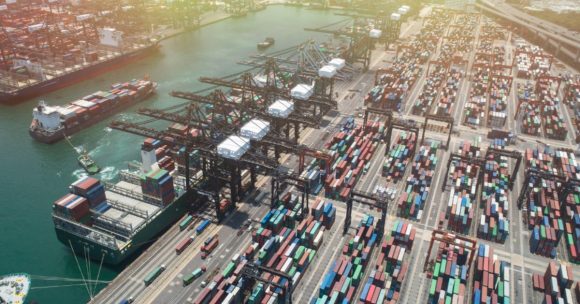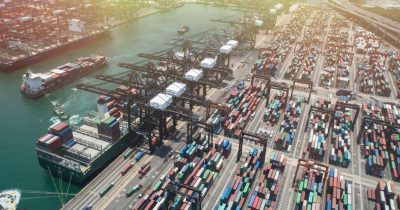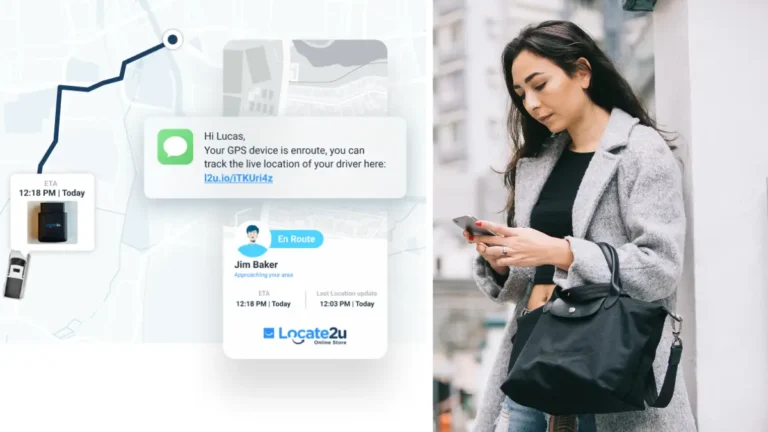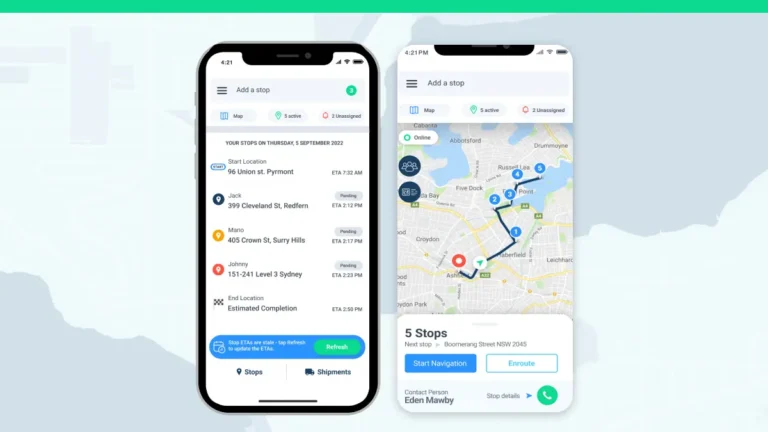Hurricane season is impacting the US logistics industry and supply chain. Recently, hurricane Beryl made landfall in Houston, Texas, sending the business sector on a whirlwind mission – to keep the supply chain moving.
The National Oceanic and Atmospheric Administration (NOAA) predicted above normal hurricane activity in the Atlantic basin this year.
Hurricane season will present challenges for shippers. This will potentially disrupt supply chains and delay cargo movements. To help weather these disruptions, shippers need to adopt proactive strategies.
Here are key measures to ensure continuity and efficiency during this period:
Develop comprehensive contingency plans
The best way to deal with weather disasters is to always have contingency plans in place to keep your cargo moving. Be sure to identify and assess risks specific to your supply chain.
Shippers should evaluate which routes, ports, and facilities are most vulnerable to hurricanes – and also if these are likely to be closed for extended periods during and in the aftermath.
Plan alternative shipping routes and modes of transport. These routes should be easily accessible.
A good idea would be to increase inventory levels of in-demand products before the hurricane season to mitigate possible stock delays.
Communicate your contingency plans with your team and other stakeholders to ensure everyone can adapt quickly to any logistics changes.
Ensure real-time visibility of the supply chain
Shippers can implement advanced tracking technologies such as GPS, IoT sensors to monitor the movement of goods in real-time. This data will allow you to make decisions quickly and adapt to changing circumstances in your logistics operations.
Manage delays in the supply chain
Maintain flexibility in scheduling to plan for delays. Adjust shipping schedules proactively based on weather forecasts and updates. Ensure you prioritize critical shipments that need to be moved quickly.
Keep customers informed about potential delays in cargo movement and expected delivery times. Transparency helps manage expectations and maintain trust with customers.
Partner with local carriers
Form partnerships with local carriers who have a better understanding of regional conditions and can navigate local disruptions effectively.
Leverage the extensive networks of third-party logistics (3PL) providers. They can offer additional resources, alternative routes, and expertise in managing logistics during disruptions.
NOW READ: Effects of Hurricane Beryl on logistics
Photo Credit: Canva
About the author
Sharl is a qualified journalist. He has over 10 years’ experience in the media industry, including positions as an editor of a magazine and Business Editor of a daily newspaper. Sharl also has experience in logistics specifically operations, where he worked with global food aid organisations distributing food into Africa. Sharl enjoys writing business stories and human interest pieces.











